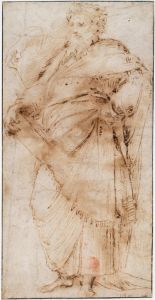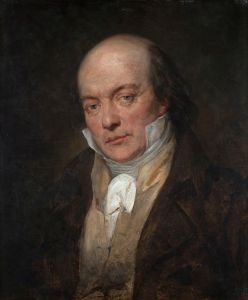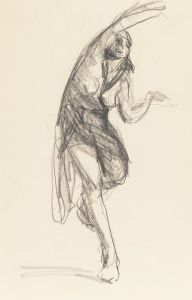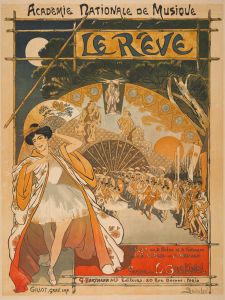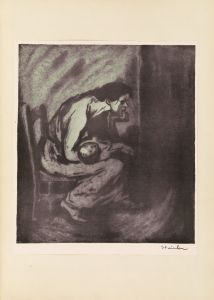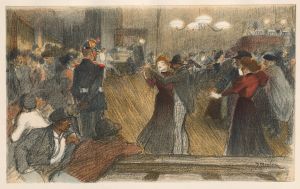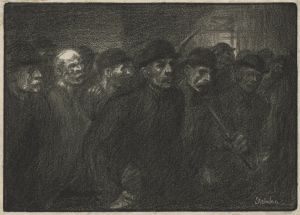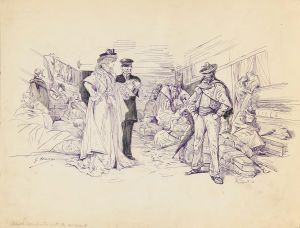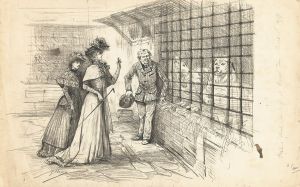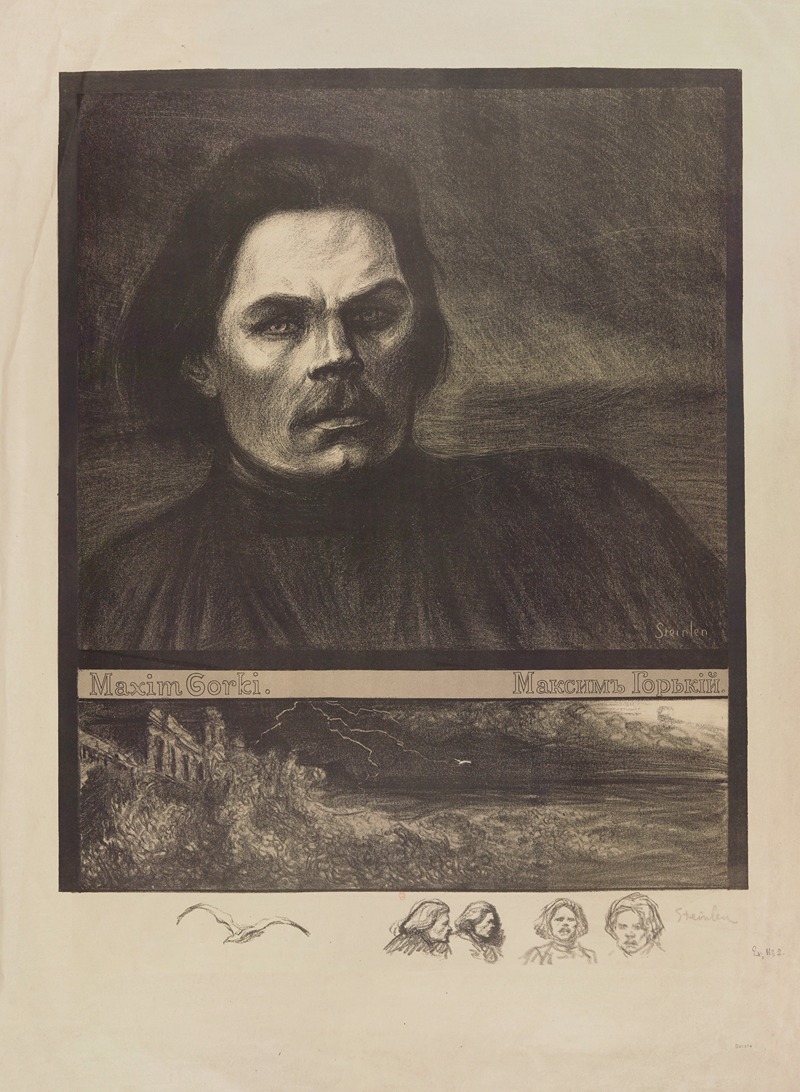
Maxim Gorki
A hand-painted replica of Théophile Alexandre Steinlen’s masterpiece Maxim Gorki, meticulously crafted by professional artists to capture the true essence of the original. Each piece is created with museum-quality canvas and rare mineral pigments, carefully painted by experienced artists with delicate brushstrokes and rich, layered colors to perfectly recreate the texture of the original artwork. Unlike machine-printed reproductions, this hand-painted version brings the painting to life, infused with the artist’s emotions and skill in every stroke. Whether for personal collection or home decoration, it instantly elevates the artistic atmosphere of any space.
Théophile Alexandre Steinlen was a Swiss-born French Art Nouveau painter and printmaker, renowned for his contributions to the art world during the late 19th and early 20th centuries. One of his notable works is the painting "Maxim Gorki," which depicts the famous Russian writer and political activist Maxim Gorky. Steinlen's work is celebrated for its vivid portrayal of contemporary life and its empathetic depiction of the working class and marginalized individuals.
Steinlen was born in Lausanne, Switzerland, in 1859 and moved to Paris in the early 1880s. He became an integral part of the Montmartre artistic community, which included famous figures such as Henri de Toulouse-Lautrec and Pierre-Auguste Renoir. Steinlen's art was heavily influenced by the social and political climate of his time, and he often used his work to comment on issues of social justice and inequality.
Maxim Gorky, the subject of Steinlen's painting, was a prominent Russian writer known for his association with the socialist movement and his literary works that highlighted the struggles of the lower classes. Gorky's writings were influential in the development of socialist realism, a style that sought to depict the lives of ordinary people in a realistic and often idealized manner. His works, such as "The Lower Depths" and "Mother," are considered classics of Russian literature.
Steinlen's portrayal of Gorky captures the writer's intense and thoughtful demeanor, reflecting his deep engagement with the social issues of his time. The painting is characterized by Steinlen's distinctive style, which combines elements of realism with a strong sense of empathy and humanity. Steinlen's use of color and composition in the painting serves to highlight Gorky's intellectual presence and his commitment to social change.
Throughout his career, Steinlen produced a wide range of artworks, including paintings, posters, and illustrations. He is perhaps best known for his iconic poster "Le Chat Noir," which has become synonymous with the bohemian culture of Montmartre. Steinlen's work was not only popular in his own time but has continued to be celebrated for its artistic merit and its poignant social commentary.
Steinlen's "Maxim Gorki" is a testament to his skill as an artist and his ability to capture the essence of his subjects. The painting remains an important piece in the study of both Steinlen's oeuvre and the broader context of art and politics in the early 20th century. Through his work, Steinlen provided a window into the lives and struggles of the people around him, making a lasting impact on the world of art and beyond.





